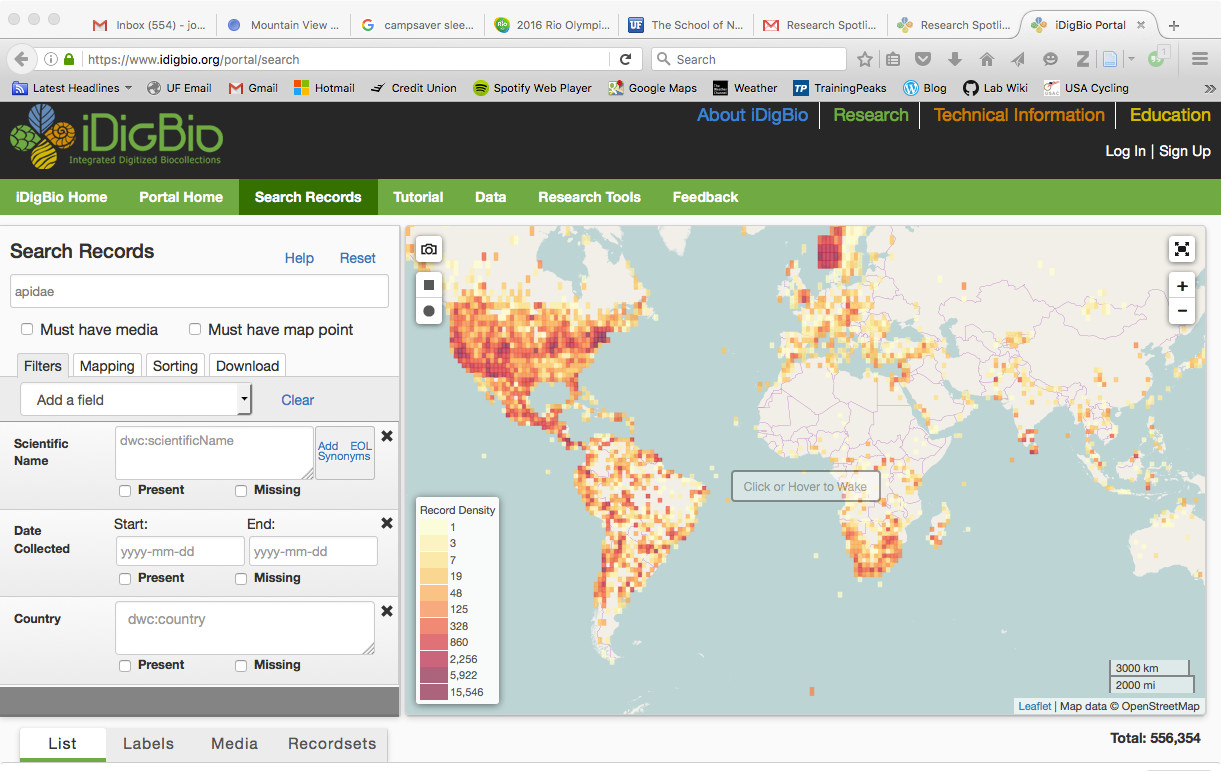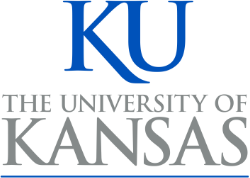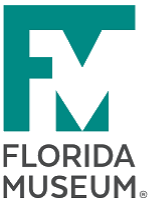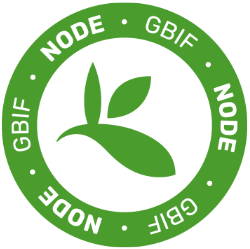Virtual Paleontology @GSA2016
PALEONTOLOGICAL SOCIETY presents:
Virtual Paleontology
Sat., 24 Sept., 9 a.m.–6 p.m., CCC, Mile High Ballroom 4AB
Cost: FREE, with no registration needed and no course attendance limit.
Instructors: Leif Tapanila, Idaho State Univ.; Imran A. Rahman, Univ. of Oxford
Abstract: Computer-aided, three-dimensional visualization and analysis of fossils, or virtual paleontology, is becoming an increasingly important approach for reconstructing the history of life. Poorly understood or previously unknown morphological details can be described in greater detail than previously possible using non-destructive digital imaging methods. Additionally, functional morphology can be investigated in three dimensions using quantitative computer modelling. However, associated with these advances are new challenges for paleontologists, especially as they relate to the long-term storage of digital data, as well as copyright issues. The goal of this short course is to bring together researchers interested in the broad field of virtual paleontology to present and discuss methods and results, and to set an agenda for future research. Students and others new to virtual paleontology will be introduced to the variety of methods, software, and applications and gain contacts with leading colleagues in the field.


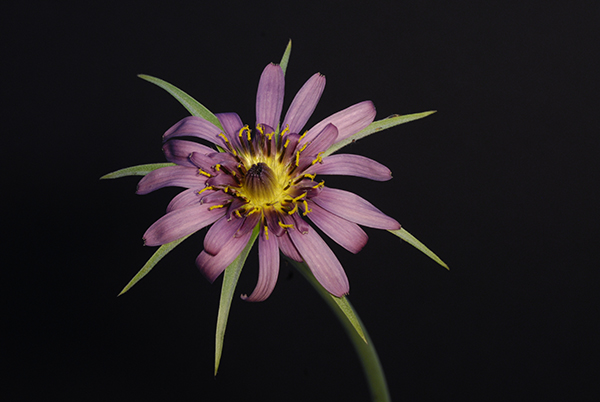
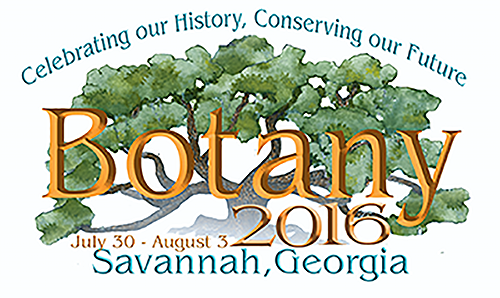 For the third straight year, iDigBio hosted a full-day workshop on research methods using digitized herbarium specimen data at the annual Botany conference (
For the third straight year, iDigBio hosted a full-day workshop on research methods using digitized herbarium specimen data at the annual Botany conference (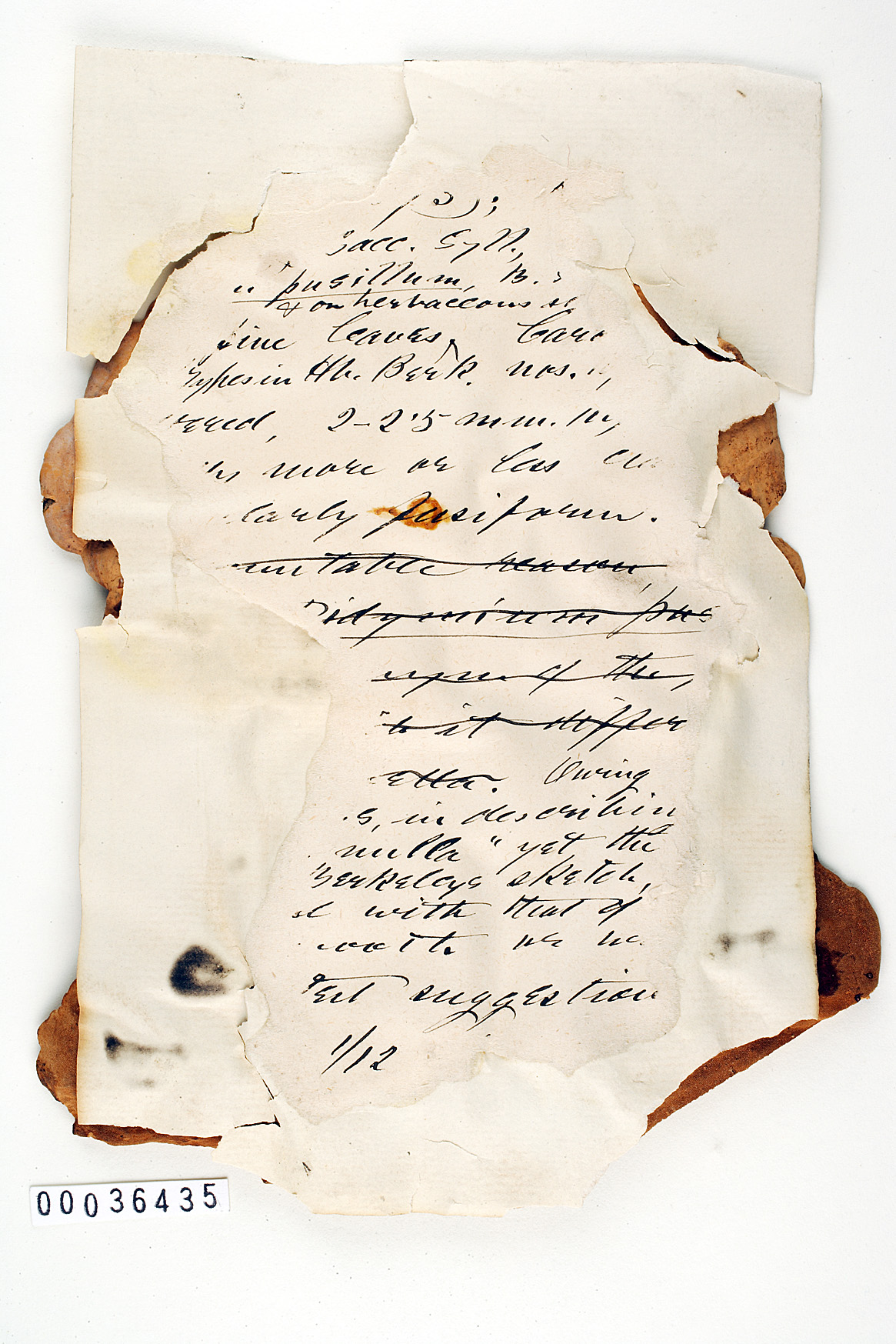 Specimens collected in Nicaragua by American mycologist Charles Leonard Smith in the late 19th century were thought to have been lost for over 100 years.Through
Specimens collected in Nicaragua by American mycologist Charles Leonard Smith in the late 19th century were thought to have been lost for over 100 years.Through 
